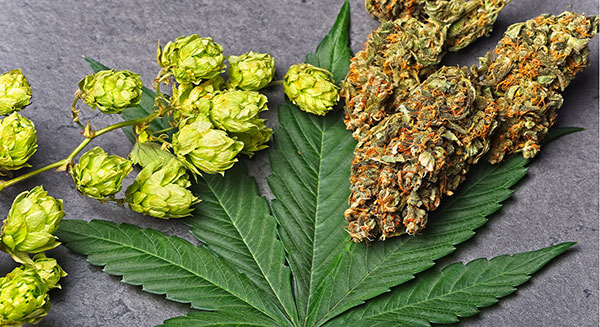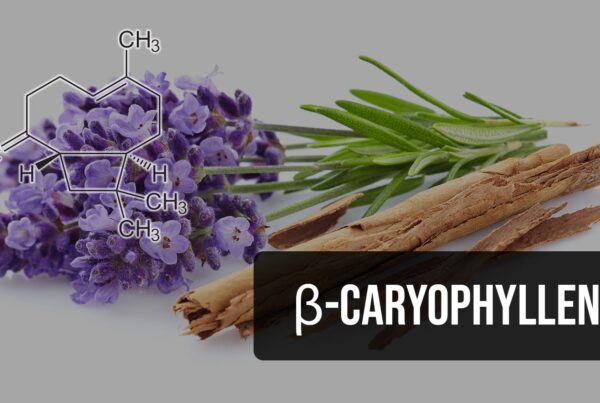Table of Contents
The study Cannabis sativa terpenes are cannabimimetic and selectively enhance cannabinoid activity (2021) published in the prestigious Nature Journal has reported groundbreaking revelations about the interaction between terpenes and the cannabinoid CB1 receptor. Contrary to previous beliefs that terpenes did not activate the CB1 receptor, new findings suggest a more complex and significant role for terpenes in the pharmacology of cannabis and the endogenous CB1 receptors and endocannabinoid system.
I. Activation of CB1 Receptors by Terpenes
The studies demonstrated that terpenes, including β-Caryophyllene, α-Humulene, Geraniol, and others, can indeed activate CB1 receptors in vitro. This was evidenced by the activation of downstream ERK signaling in CB1-expressing cells when exposed to these terpenes. Additionally, these terpenes displayed poly-pharmacological effects at both cannabinoid and non-cannabinoid receptors, modulating the activity of canonical cannabinoid agonists.
II. Terpenes and the Entourage Effect
This discovery lends strong support to the cannabis entourage effect model. The entourage effect posits that various compounds in cannabis, such as cannabinoids and terpenes, work synergistically to produce more potent and beneficial effects than any single compound alone. The ability of terpenes to activate CB1 receptors means that they can contribute significantly to the overall effects of cannabis. Consequently, cannabis strains with lower THC levels but higher terpene content could potentially induce stronger effects than high THC strains with lower terpene volumes.
III. Mechanisms of Terpene Action
Interestingly, the interaction between terpenes and CB1 receptors may involve both direct and indirect mechanisms. Some terpenes might modulate the endocannabinoid system by influencing membrane dynamics or the synthesis/degradation of endocannabinoids, which in turn activate CB1 receptors. This multifaceted interaction pattern opens up new avenues for understanding how different cannabis components contribute to its overall pharmacological profile.
IV. Implications for Therapeutic Use
This new understanding of terpenes’ role in cannabis effects has significant implications for therapeutic applications. By leveraging the specific properties of terpenes to target CB1 receptors, it might be possible to develop cannabis-based treatments that are more effective and have fewer side effects. This could be particularly beneficial in medical scenarios where the psychoactive effects of high THC levels are undesirable.
The discovery that terpenes can activate CB1 receptors significantly advances our understanding of cannabis pharmacology. It validates the entourage effect theory and opens up new possibilities for the therapeutic use of cannabis, highlighting the need for continued research in this dynamic field.





